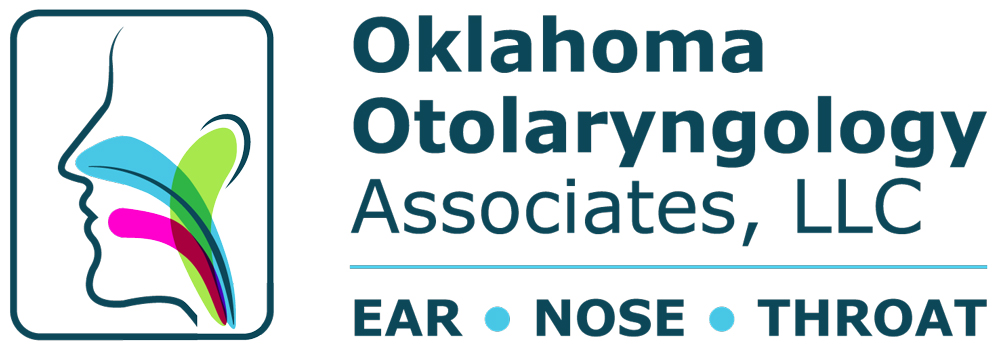OOA: February is Kids ENT Health Month!
February is Kids ENT Health Month!
As such, we want to spend this month’s blog talking about pediatric ENT health issues.
While there are so many pediatric ENT issues that we could cover here, we thought we would talk about pediatric sinusitis, as it is fairly common (though often difficult to diagnose) in children. Young children are more prone to infections of the nose, sinus, and ears, especially in the first few years of life. Most often, these are caused by viral infections (colds), and may also be aggravated by allergies.
However, if your child remains ill beyond the usual week to ten days, a sinus infection may be the cause. Your child’s sinuses are not fully developed until their late teen years, and as a result pediatric sinusitis is more difficult to diagnose in children. Often, symptoms of sinusitis can be caused by other problems, such as viral illness and allergy, due to the small size of children’s sinuses.
Due to the difficult nature of diagnosing sinusitis in children, we thought we’d answer some commonly asked questions about it for you here:
What is pediatric sinusitis?
Pediatric sinusitis is a condition in children of inflammation or infection of one or more of the sinuses.
Where are the sinuses?
The sinuses are air-filled cavities located in the bones of the face. The sinuses are divided into groups based on their location and are named maxillary, ethmoid, frontal and sphenoid sinuses.
Depending on your child’s age, infection may occur in the pair of sinuses located between the eyes (the official name being ethmoid) and/or the pair of sinuses located behind the cheekbones (maxillary). Both of these sinuses are already present at birth.
As children get older, they develop a pair of frontal sinuses in the forehead and a pair of sphenoid sinuses behind the nose, which can also become infected.
What causes sinusitis?
Sinusitis is caused by an infection within the sinus cavities. Anything that causes blockage of the natural drainage openings of the sinuses can lead to infection. This may mean colds, flu, allergy or bacterial infection may be how a sinus infection gets started. Blockage may also occur from polyps, which may be caused by allergies or chronic infection.
Once blockage of the natural drainage passageways has occurred, mucus builds up behind the blockage. This blockage and mucus buildup can lead to inflammation and then infection of trapped mucus, otherwise known as acute sinusitis.
How do I know when my child has sinusitis?
These symptoms may indicate a sinus infection in your child: a cold lasting more than 10 to 14 days, sometimes accompanied by a low-grade fever. There can be thick yellow-green nasal drainage, post-nasal drip (which may cause frequent throat clearing), sore throat, cough, bad breath, nausea and/or vomiting, headache,, irritability, fatigue, swelling around the eyes.
That said, these may also be the symptoms of a cold or flu, so, it is best to bring your child into your ENT specialist to get checked out to be sure.
We see this problem again and again in our offices—and we know it isn’t fun. Either way, we want to make sure that parents understand this issue so they are sure to identify the signs and bring their children in to be checked as soon as possible.
Happy Kids ENT Health Awareness Month, from OOA!

